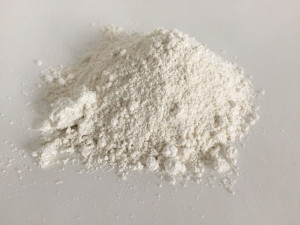 I use kaolin clay in most of my soaps. Kaolin clay is a natural and gentle clay that is kind to sensitive skin but also adds slip and silkiness to soap and helps the soap’s fragrance “stick.” Some fragrances, especially citruses, don’t fare well in the harsh environment of the chemical process involved in soapmaking. Kaolin clay gives the fragrance something to “cling” to and helps the soap better retain the scent. Kaolin clay is such a fine powder that it adds the mildest exfoliation to the soap, and it’s one of the clays that works well with all skin types. Dry kaolin feels like a smooth, fine powder and is often used in cosmetics and face masks. Kaolin cleanses and detoxifies, so it really does add a little something special to soap.
I use kaolin clay in most of my soaps. Kaolin clay is a natural and gentle clay that is kind to sensitive skin but also adds slip and silkiness to soap and helps the soap’s fragrance “stick.” Some fragrances, especially citruses, don’t fare well in the harsh environment of the chemical process involved in soapmaking. Kaolin clay gives the fragrance something to “cling” to and helps the soap better retain the scent. Kaolin clay is such a fine powder that it adds the mildest exfoliation to the soap, and it’s one of the clays that works well with all skin types. Dry kaolin feels like a smooth, fine powder and is often used in cosmetics and face masks. Kaolin cleanses and detoxifies, so it really does add a little something special to soap.
I use a bit more than a teaspoon of kaolin per pound of oils in most of my recipes that don’t include other clays. For instance, in my Marseilles-style soap, which I call Provence, I use French green clay, and adding kaolin in addition would make the soap crumbly and chalky. Because the kaolin clay in my soaps is used throughout the bar and not as a colorant for a swirl, I simply add it directly to my oils before I add my lye water, and I stick blend it well to make sure the clay is dispersed and no clumps remain; however, I should add that I have not noticed that kaolin clumps a lot, unlike some other clays. You can use up to a tablespoon of clay per pound of oils, but my own experiments with clay in those amounts produced a chalky soap. Your own experiments may yield different results. My own experience is that soap with clays, including kaolin clay, feels smoother and silkier without any detrimental effects on the amount of lather.
Bonus: a picture I took just today of my Johnny Appleseed Soap, which like my other soaps, has a little over a teaspoon of kaolin per pound of oils.

Maya of Infusions and Silvia of Soap Jam have also blogged about using kaolin in their soaps.

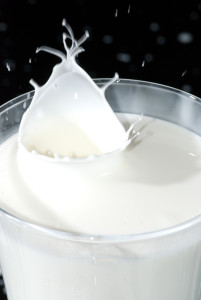
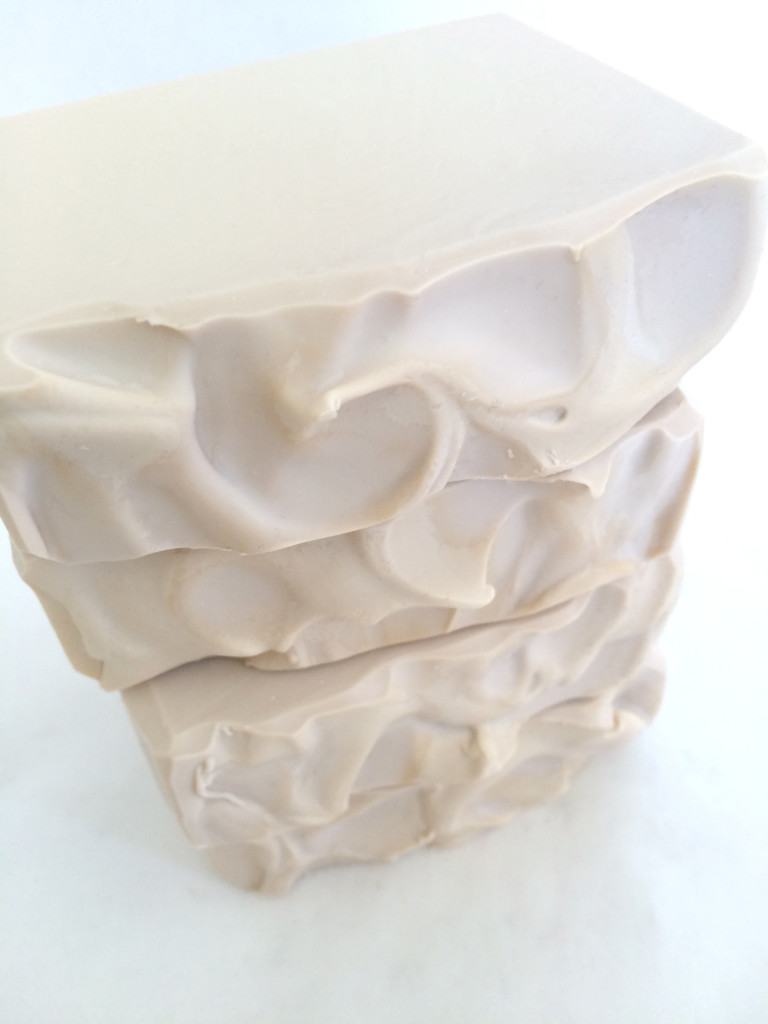
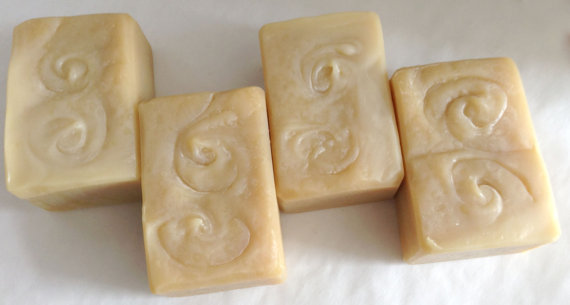
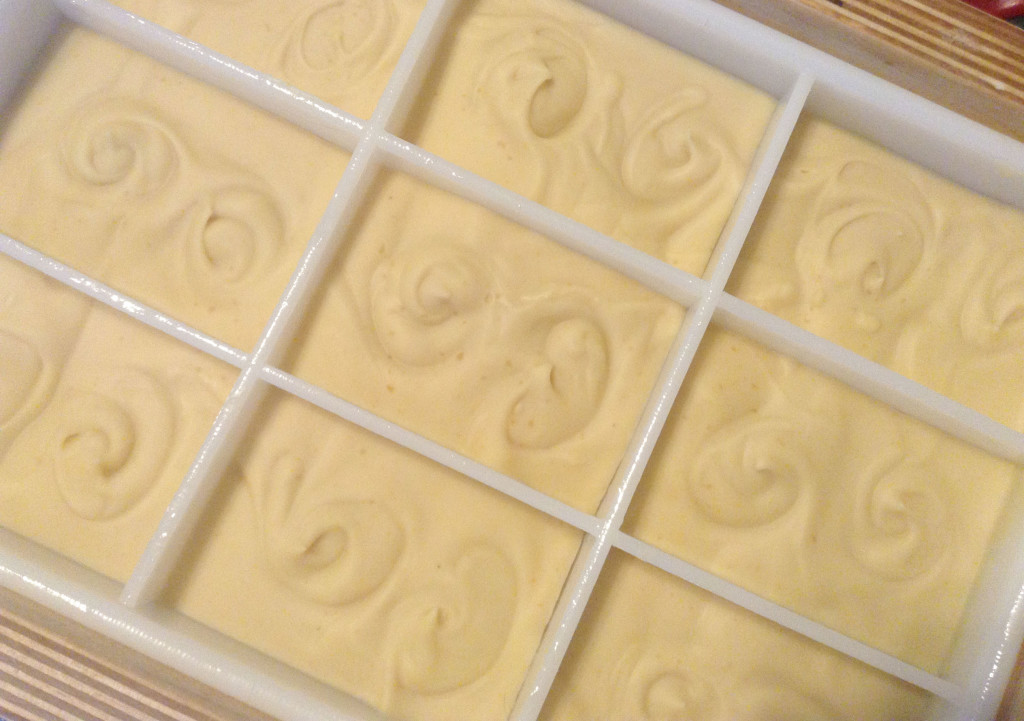
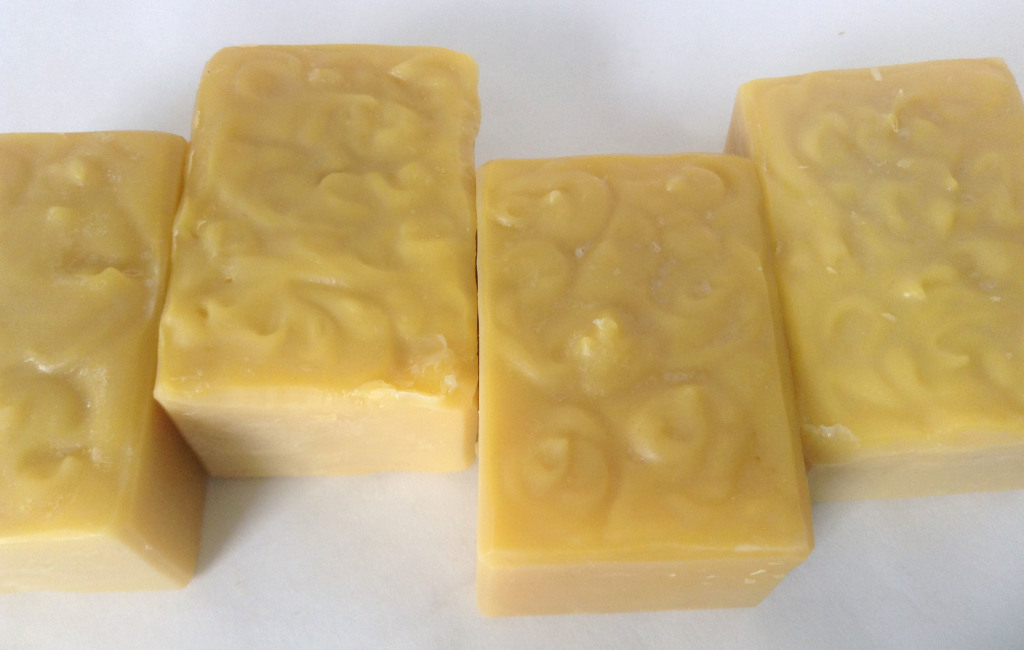 I completely scrapped my other recipe. I used two ounces of carrot baby food, removing two ounces of water from my recipe and reduced the total amount of liquid in the recipe from 38% (which
I completely scrapped my other recipe. I used two ounces of carrot baby food, removing two ounces of water from my recipe and reduced the total amount of liquid in the recipe from 38% (which 